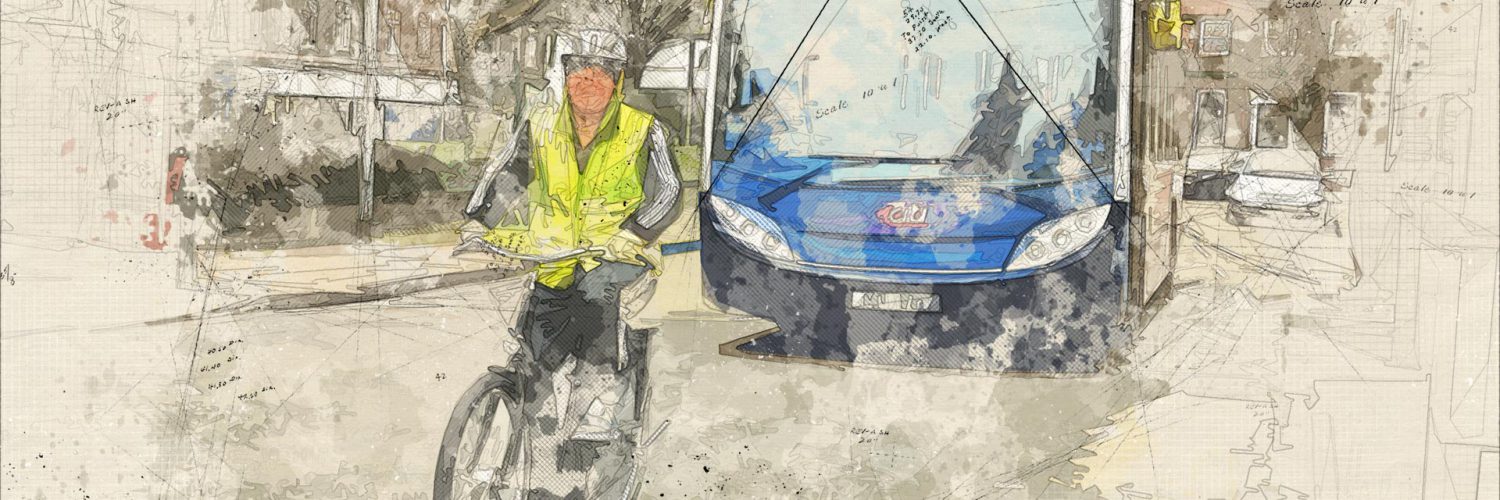Despite valiant efforts by the new team leading the Milton Road City Deal scheme, their ‘Final Concept’ still fails the 8-80 age test for cycling and provides much less green space than the community-backed ‘Do Optimum’ proposal.
We are where we are in large part because the principal objective in the original project brief was to, “Provide comprehensive priority for buses in both directions.” That derives from the 2014 Transport Strategy for Cambridge and South Cambridgeshire, Policy 9: “On Milton Road, inbound and outbound bus lanes will be provided.” This became the ‘Do Maximum’ option, which was rejected.
The project team are still trying to cram in as much bus lane as possible, whilst also meeting objective 2: “Maintain road capacity for motor vehicles.”
The objectives have since been amended and supplemented, but not in a way that adds clarity. In fact the project is turning into a Mission Impossible, burning through £450,000 to prove there is simply not enough space to fit everything demanded.
The principal objective should be this: maximise modal shift from cars to train, bus, cycling and walking.
Some cities in the Netherlands and Denmark achieve cycling and walking rates of around 40% and 25% respectively. We could achieve that in Cambridge if we allocated more road space to protected cycle lanes, and enabled people to walk and cycle across junctions safely and quickly.
Two ideas Smarter Cambridge Transport submitted to the City Deal in February 2016 have yet to receive serious consideration:
1. Build a link between Milton P&R and the busway using the ‘spare’ A14 underpass behind the Regional College. This would facilitate cycling and allow buses to bypass up to a mile of queued traffic and 5 sets of traffic lights.
2. Implement Inbound Flow Control to provide the benefit of a bus lane by regulating traffic flow beyond Cowley Park junction.
Improve the bus user experience too (fares, ticketing, interchanging, and hours, frequency and routing of services) and there’s a better chance that buses will attract people out of their cars.
Clear objectives that don’t anticipate a solution yield much better outcomes.
This article was first published in the Cambridge Independent on 19 July 2017.



Add comment